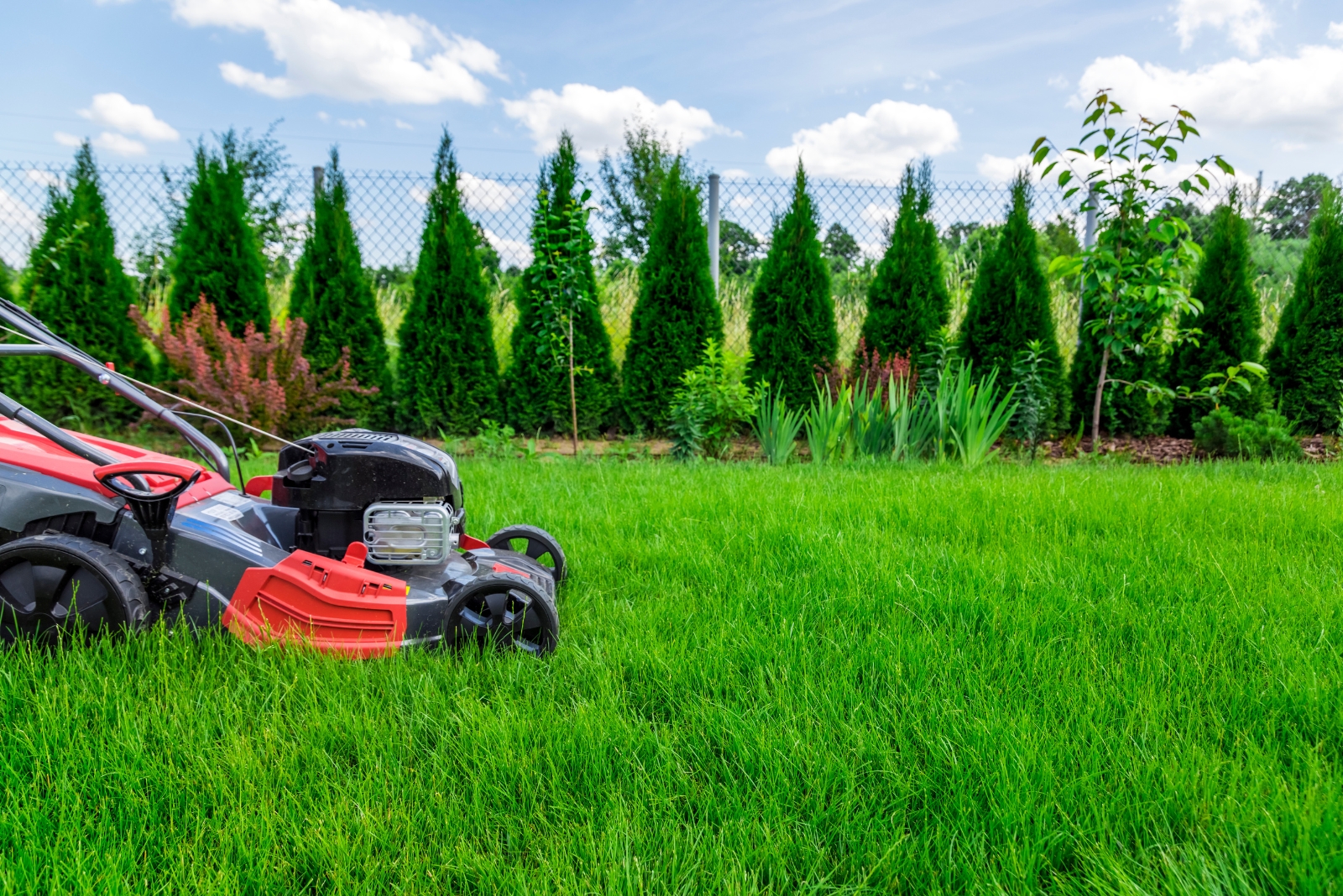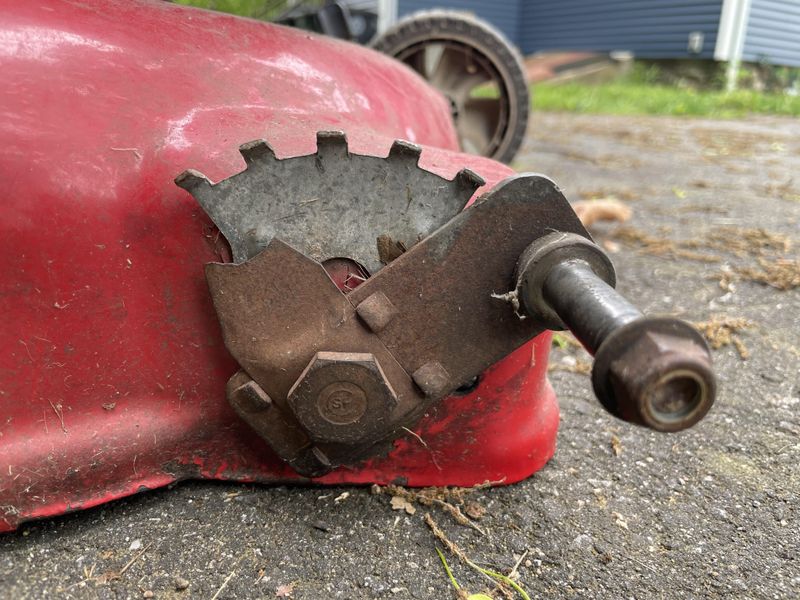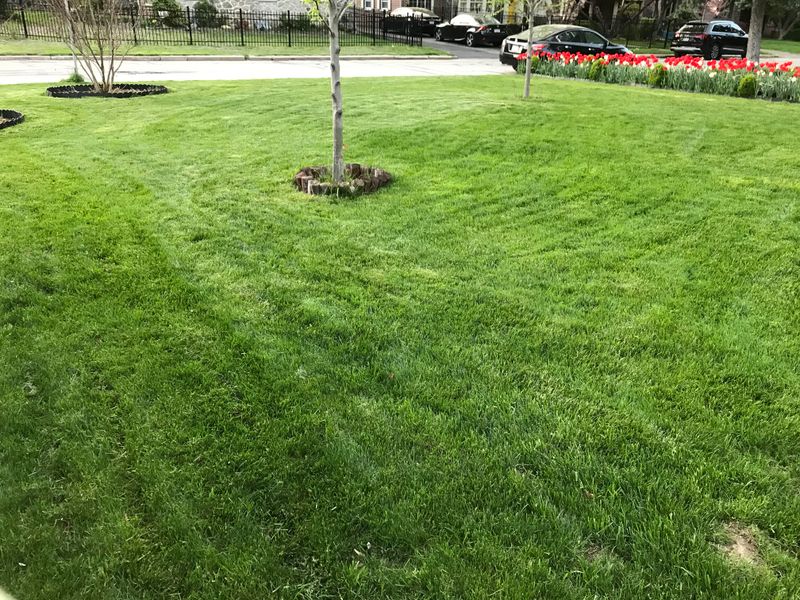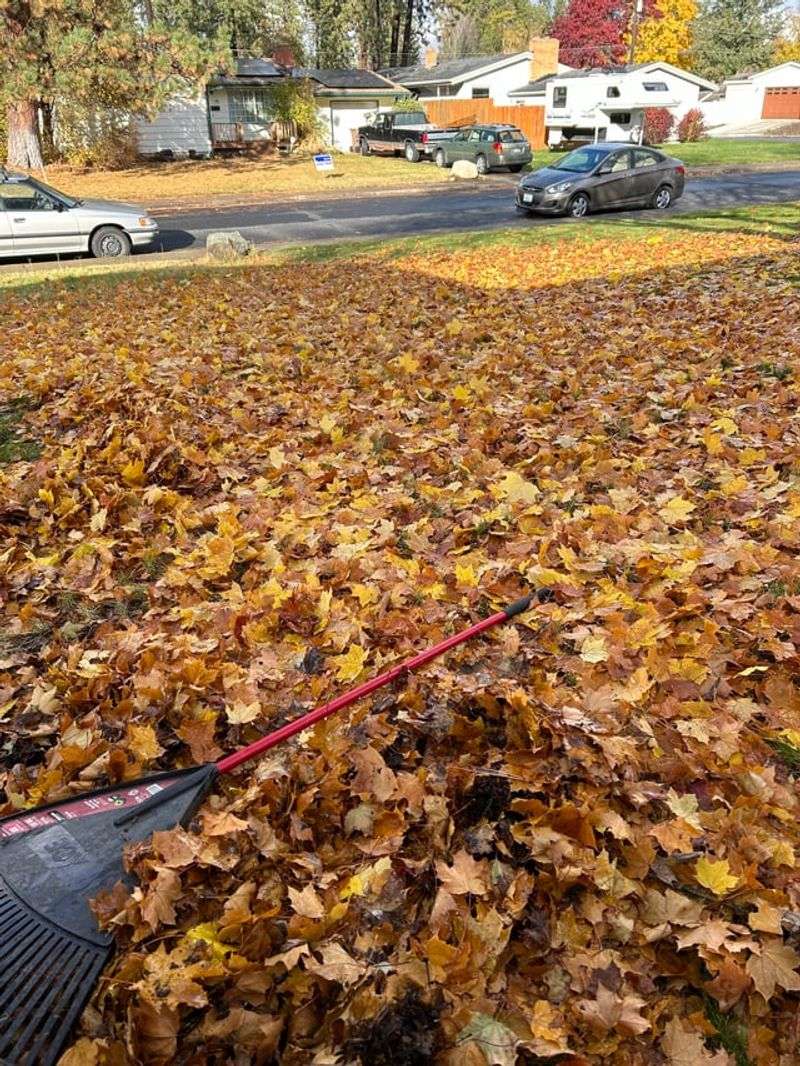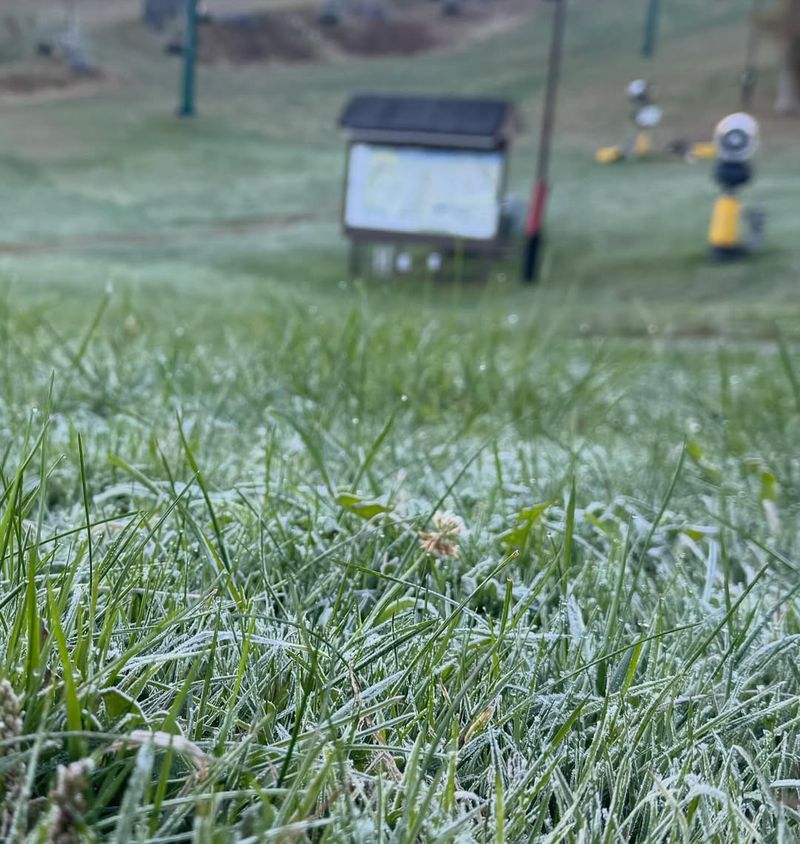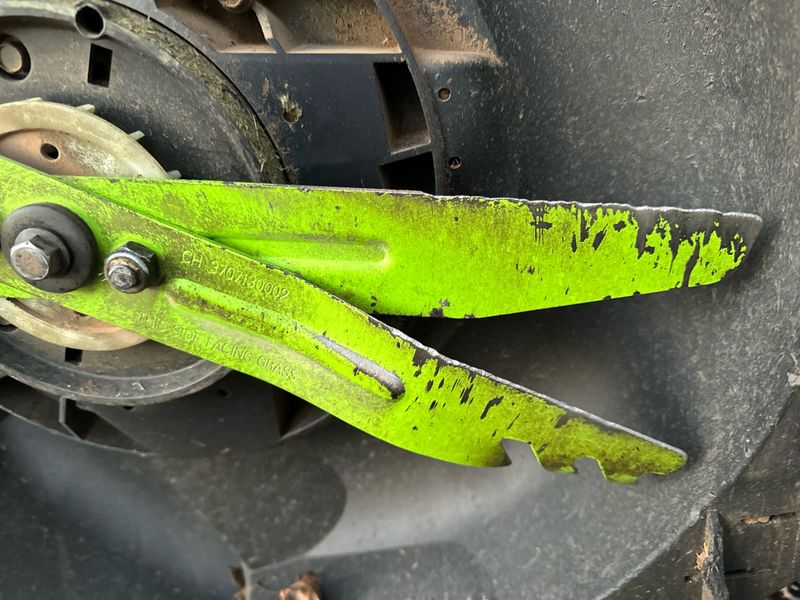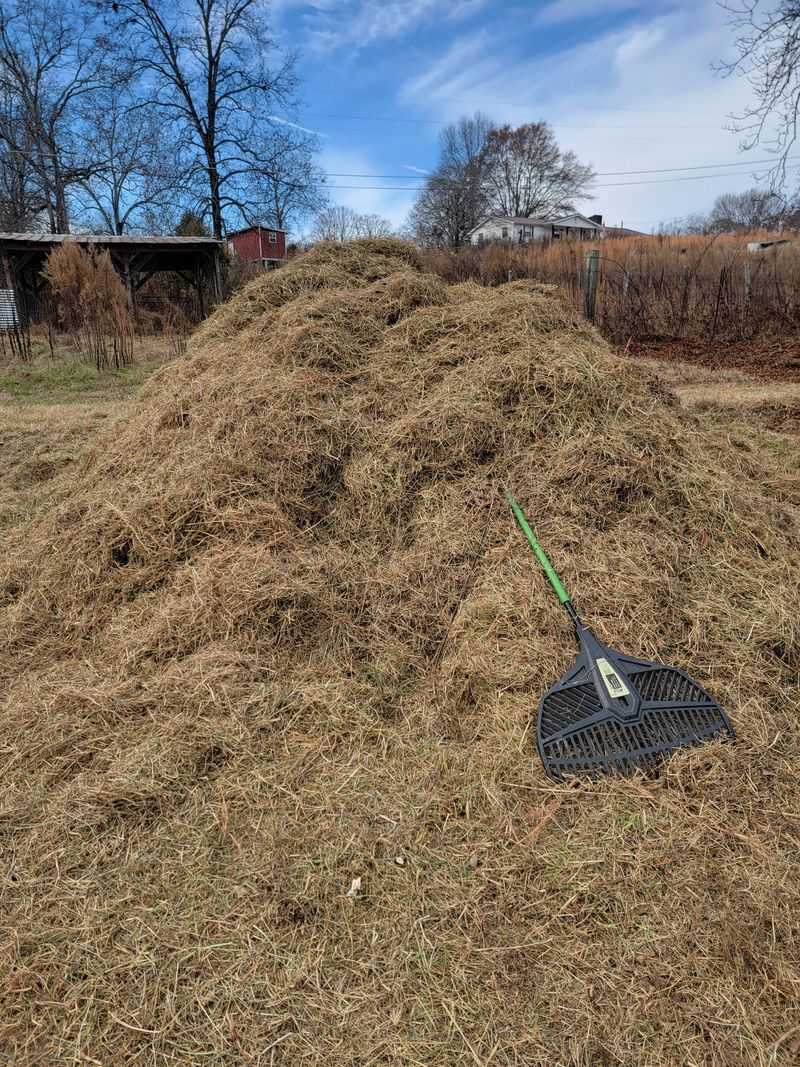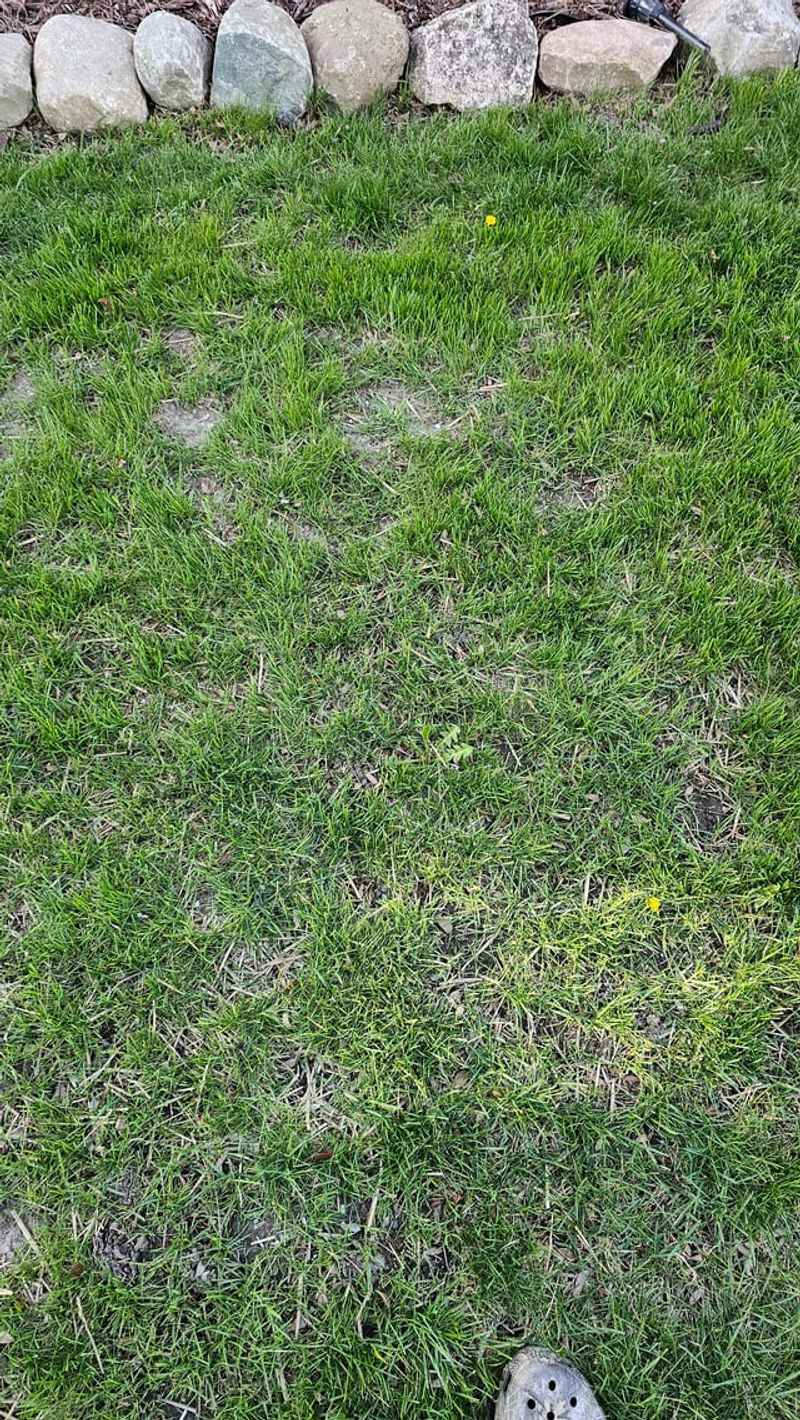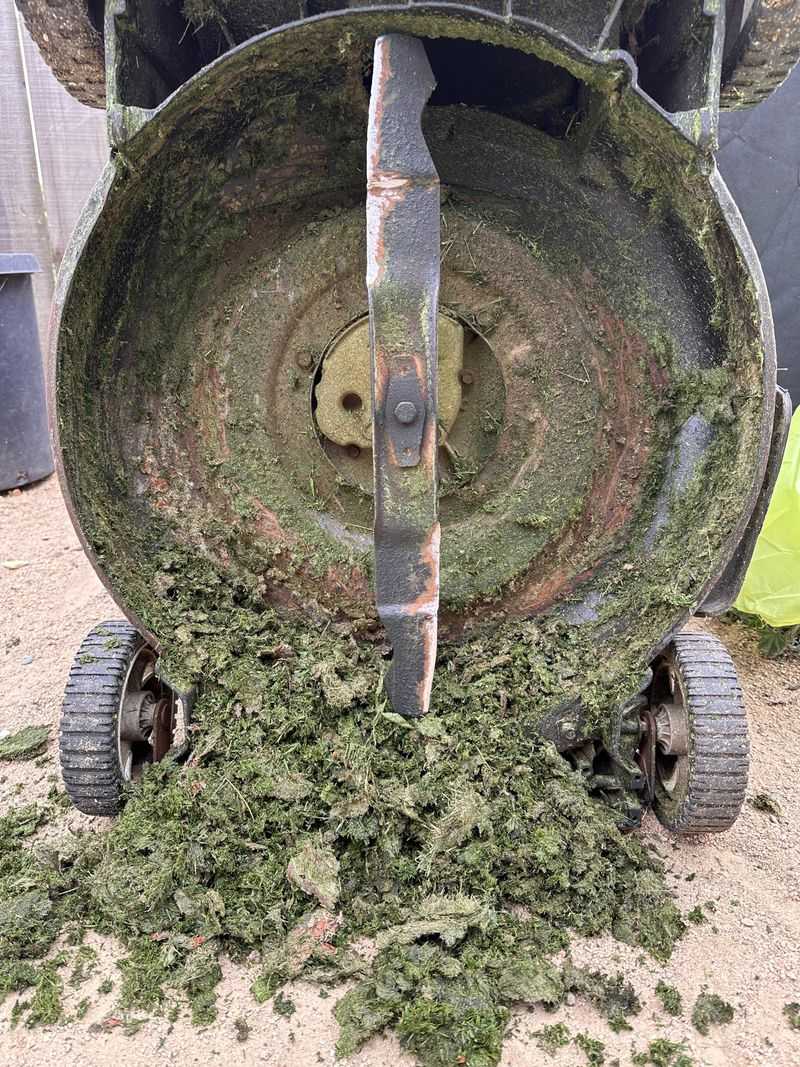Pennsylvania lawns need a bit of extra care as fall wraps up. Mowing the right way in November can protect your grass through the cold months.
I’ve gathered eight key rules to follow so your lawn stays lush and ready for spring. A few smart moves now save a lot of trouble later.
1. Adjust Your Mower Blade Height Gradually
Pennsylvania lawns benefit from a gradual lowering of cutting height as November progresses. Start the month by keeping your blade at around three inches, then slowly reduce it to about two and a half inches by month’s end.
Cutting too short too quickly can stress your grass and expose roots to freezing temperatures. A gradual approach lets your lawn adapt naturally.
Your grass needs time to adjust before winter dormancy sets in across the state.
2. Keep Mowing Until Growth Stops Completely
Many Pennsylvania homeowners make the mistake of stopping their mowing routine too early in autumn. Grass continues growing until soil temperatures drop below 40 degrees Fahrenheit, which often happens late in November.
Watch your lawn carefully rather than following a calendar date. When you notice the grass has genuinely stopped growing, you can put your mower away.
Pennsylvania weather can be unpredictable, so stay flexible with your schedule.
3. Remove Fallen Leaves Before Each Mow
Autumn leaves pile up quickly across Pennsylvania yards, creating problems if left on your lawn during mowing. Thick leaf layers block sunlight and trap moisture, which can lead to fungal diseases and dead patches.
Rake or use a leaf blower before you mow to ensure clean cutting. You can also mulch small amounts of leaves with your mower if they’re not too thick.
Clear leaves mean healthier grass throughout the winter months.
4. Avoid Mowing Wet or Frosty Grass
Morning frost becomes common throughout Pennsylvania in November, making lawns slippery and delicate. Cutting grass when it’s wet or frozen can damage the blades and create uneven cuts that look terrible.
Wet grass also clumps inside your mower deck, making cleanup difficult and reducing cutting efficiency. Wait until afternoon when frost has melted and dew has dried.
Patience with weather conditions protects both your lawn and your equipment.
5. Sharpen Your Mower Blades One Last Time
Dull blades tear grass instead of cutting it cleanly, leaving ragged edges that turn brown and invite disease. Before your final November mows in Pennsylvania, take time to sharpen your mower blades or have them professionally serviced.
Sharp blades create clean cuts that heal quickly, helping your grass enter winter dormancy in the best possible condition.
This simple maintenance step makes a noticeable difference in lawn health and appearance.
6. Don’t Bag Your Clippings in November
Leaving grass clippings on your Pennsylvania lawn during November provides natural nutrients as they decompose over winter. These clippings contain nitrogen and other minerals that feed your soil and promote spring growth.
Make sure clippings are short and spread evenly so they don’t smother the grass underneath. Mulching mowers work perfectly for this purpose.
Think of clippings as free fertilizer that saves you money and helps the environment too.
7. Reduce Mowing Frequency as Temperatures Drop
Early November in Pennsylvania might still require weekly mowing, but by month’s end, you’ll likely mow every two weeks or less. Cool temperatures slow grass growth dramatically, so adjust your schedule accordingly.
Pay attention to actual growth rather than sticking to your summer routine. Unnecessary mowing wastes time, fuel, and can stress your lawn.
Flexibility with your schedule helps you work smarter instead of harder during the changing season.
8. Clean Your Mower Thoroughly After Final Use
Once you’ve finished your last November mow in Pennsylvania, give your equipment proper attention before storing it for winter. Remove all grass clippings from the deck, clean the air filter, and check the oil level.
Proper maintenance prevents rust and mechanical problems that could surprise you next spring. Consider adding fuel stabilizer to prevent gas from going bad.
A well-maintained mower starts easily and runs reliably for years to come.

